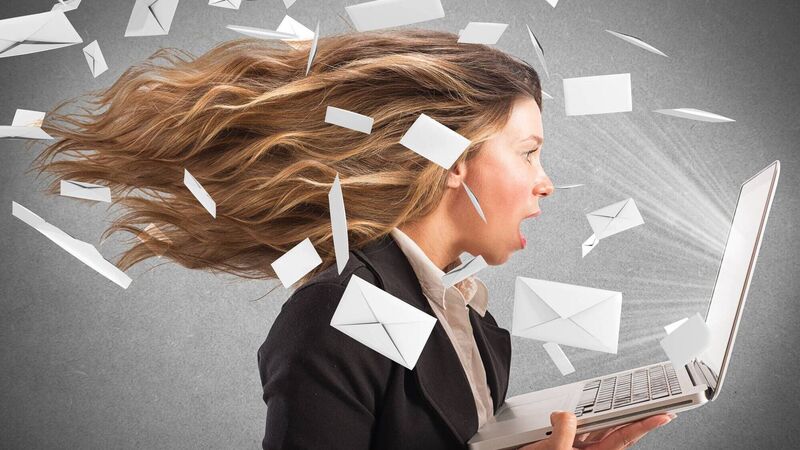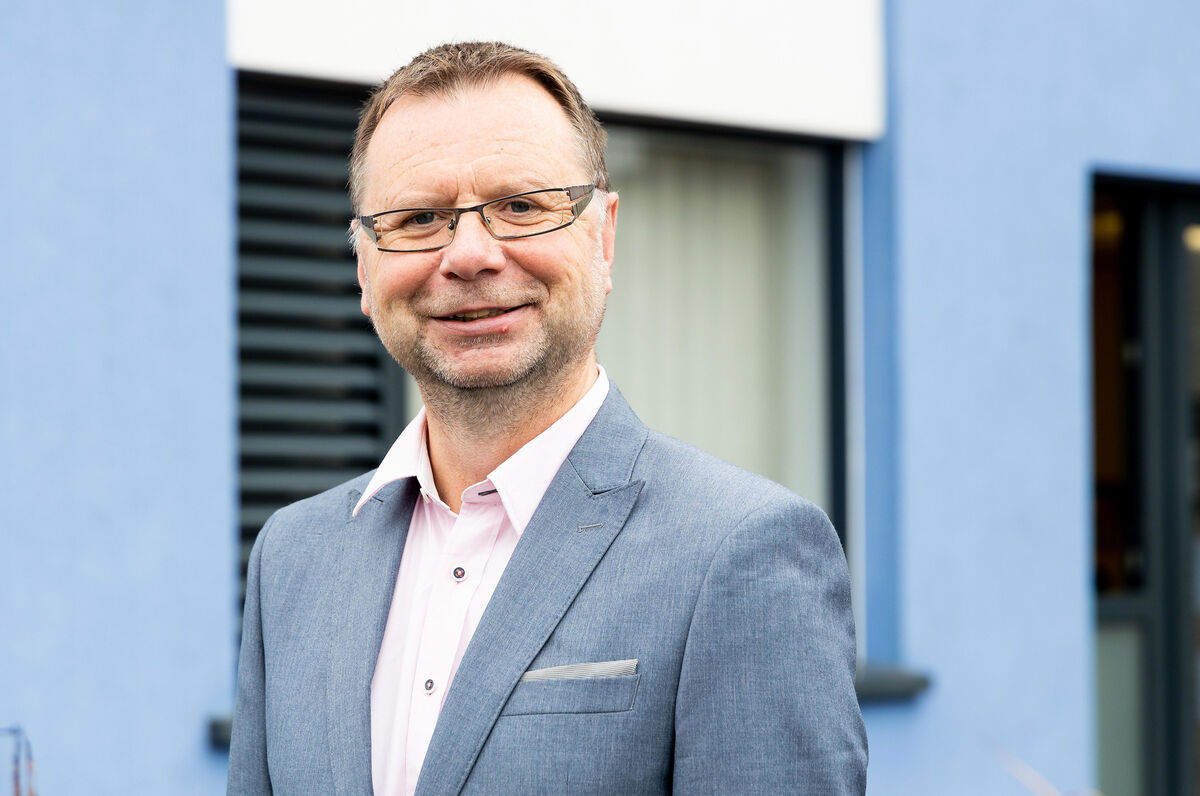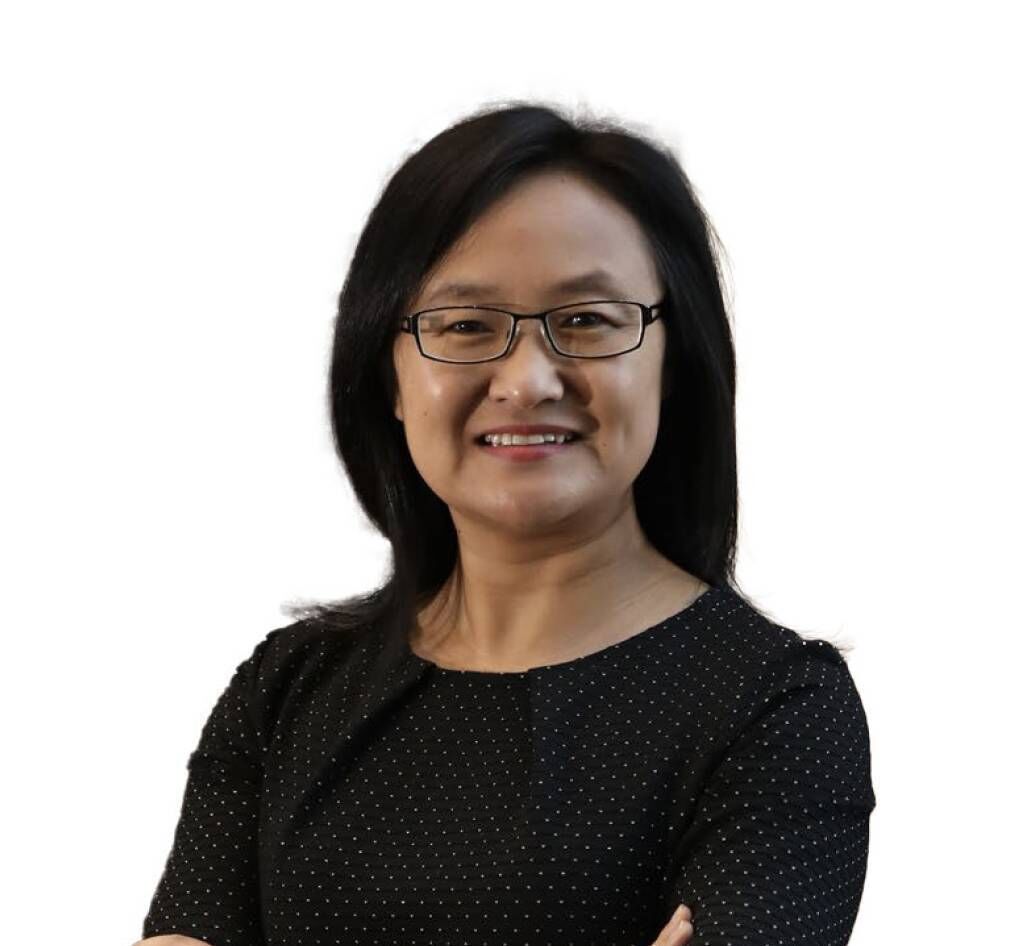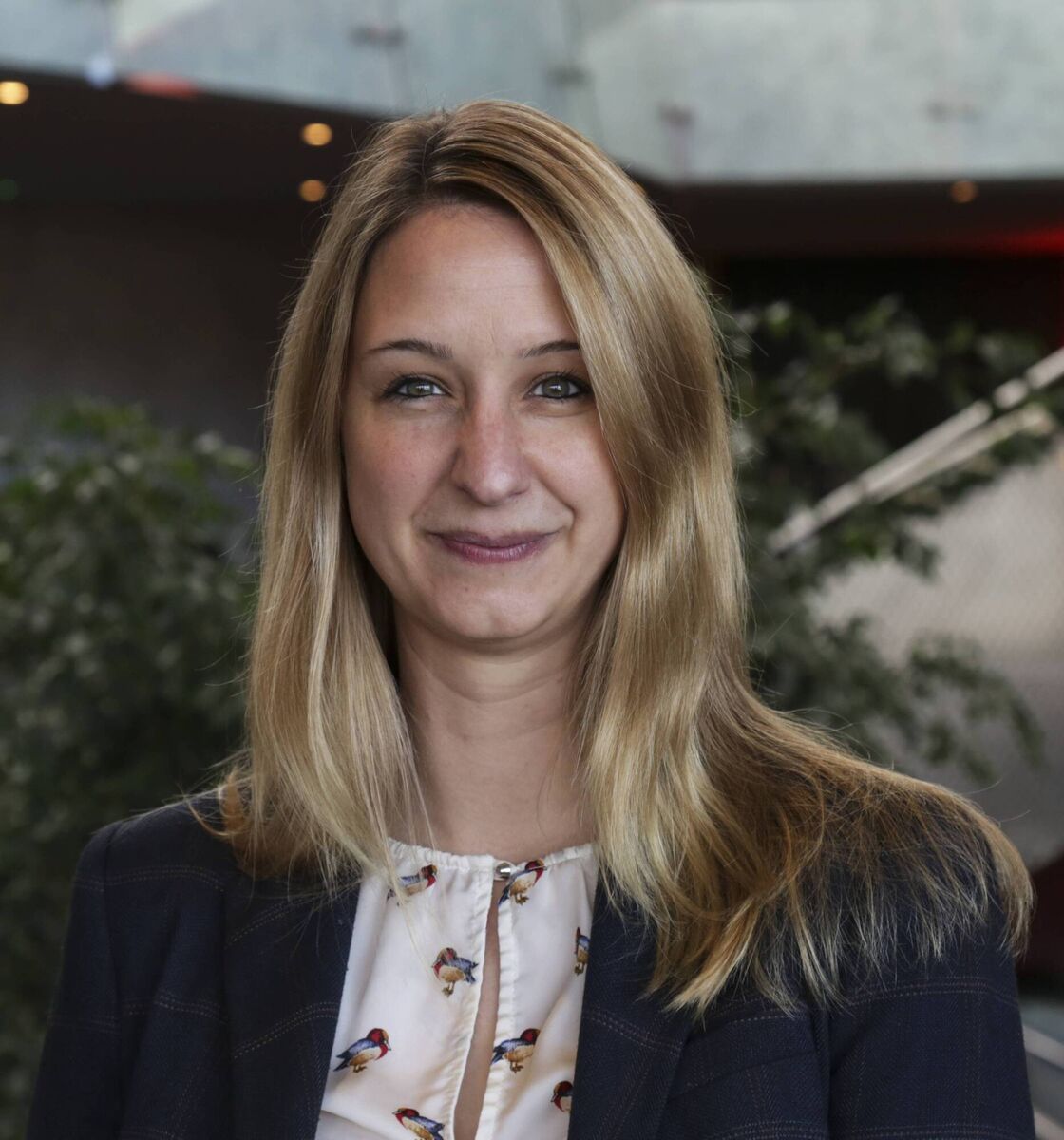Workplace Wellbeing: Managing constant work messaging

Get a grip on your influxes of email!
Mike Cody used to receive 250 emails a day when he worked in corporate sales. “I’d spend the whole day battling my inbox and would get little else done,” he says.
When he and his business partner Jim McCoy set up E-volv in January 2022, he vowed to do things differently. This Cork-based company offers independent advice and solutions to help home and business owners reduce energy consumption. It currently employs eight people and Cody wants to prevent them from succumbing to digital overload as he did.
“I want them to be able to focus on their work and not get side-tracked by constant notifications,” he says.
Employees globally are facing this constant barrage. From email and Zoom to Microsoft Teams and Slack, our working days are increasingly soundtracked by beeps and bleeps from colleagues and clients. Keeping up with these communications can become a full-time job, leaving us with less and less time to do the work we were hired to do.
In a survey by the information management platform Open Text [exa.mn/information-overload] in March 2022, 80% of the 27,000 people interviewed across 12 countries said they were suffering due to a never-ending bombardment of notifications. Some 27% had to keep on top of 11 or more accounts or apps to access the information they needed daily.

According to Dr Janine Bosak, professor of organisational psychology at Dublin City University, this problem has been brewing for a while. “The term technostress has been around since 1984 and refers to a form of occupational stress associated with information overload and continuous contact with digital devices,” she says.
The move to hybrid and remote working caused this stress to escalate. “When the pandemic hit and everyone was forced to work from home, the transition to working online escalated massively,” says Dr Na Fu, an associate professor in human resource management at Trinity Business School. “But it wasn’t a smooth transition, and we are still grappling with its impact.”
We also need to consider the obvious benefits of remote working. “Surveys show that most employees prefer working from home for a few days a week and the reasons for this include saving time on commuting, the fact they can work from anywhere and at any time, and improvements in efficiency and productivity,” says Fu.
However, there are negative effects too. “Digital work and related technostress can contribute to health issues such as perceived stress, anxiety, fatigue, emotional exhaustion and even burnout,” says Bosak.
The Open Text survey backs this up: 76% of its interviewees said information overload exacerbated their daily stress levels, 35% said it had a detrimental effect on their work performance and 30% claimed it reduced their overall job satisfaction.

Work-life balance
A 2020 Robert Walters study [exa.mn/future-of-work] found that Irish workers were experiencing similar issues. Forty-two per cent of the 2,000 people interviewed said that technology had a negative impact on their work/life balance. The sense of urgency that came with constant notifications made it difficult for them to switch off from work.
These pings also affect our ability to focus. It’s now estimated that on average, our phone or computer receives a new alert every three minutes. “That can create the desire to respond immediately, distracting our attention from the task we’re focussing on in the moment,” says Fu. “When we shift our attention in this way, from one thing to another and back again, we lose our train of thought. We lose our flow. And when it happens over and over again, it’s exhausting.”
This leads to a deterioration in performance. A 2015 study [exa.mn/focus] involved three groups of students completing a task which measured their ability to focus. They did it for ten minutes, took a break, and resumed the task. This time, one group received text messages, and another received phone calls. The third continued without interruption. The first group made 23% more errors than during the first ten minutes of the experiment, and the second group made 28% more. It didn’t matter if they read the messages or answered the calls, being aware of them was enough to distract them from their task and affect their performance.
A meta-analysis of 49 studies carried out in 2015 [exa.mn/multitasking] found that the multi-tasking required of us when working online, when we shift from working on a document to reading and replying to an email and back again, takes a significant toll on our ability to recall what we are doing and to comprehend its content, affecting our performance overall.
“This research shows that the digital overload we are exposed to makes it nearly impossible to focus even when we want to,” says Bosak. “We feel compelled to check our smartphones and emails constantly and we’re easily distracted by an incoming text message or alert.”

Three circles
It’s no wonder Cody wanted to help his employees avoid such a scenario. His first step was to introduce an email policy.
“Everyone has their individual email account, which they use sparingly and there is also a shared email inbox,” he says. “That inbox is monitored by team leaders who forward questions and queries to the people best placed to deal with them. It’s a way for us to keep an eye on the level of emails and manage how much work we are asking of everyone. If it gets too much for any one person, we can then reset and help them out.”
Bosak and Fu have other suggestions. “Try to limit your use of digital devices and use them in more strategic ways,” says Bosak. This could mean filtering emails, blocking distractions like social media or disabling sites after an allotted amount of time. It might also mean putting your phone on silent, turning off notifications or setting the phone aside so that you can’t hear, feel or see those attention-seeking alerts.
Fu has a strategy she recommends for dealing with any aspect of working life, including digital overload. “Draw three circles,” she says. “In the first, place all the things you have full control over,” she says. “In the second, all the things you have some influence over and in the third, everything that is out of your control. Then focus on circle number one. What can you control about your email notifications? For example, you can check them at specified times only and make your colleagues and clients aware of this new policy so they do not expect immediate responses. Most of us can set boundaries in this way.”
Organisations have a role to play in preventing digital overload too. “They can introduce practices that not only allow employees to disconnect but actively encourage them so that they can recover from work and mentally switch off during non-work time,” says Bosak.
This might mean adding a message to your email signature explaining your policy.
“For a manager to only attend to emails within certain work hours sends a message to the entire team,” says Fu. “It shows they too have the right to resist digital overload.”
However, Fu does not recommend waiting for management to introduce these policies. “The digital workplace is here now and offers great opportunities,” she says. “The issue of digital overload could take organisations ages to overcome. In the meantime, individuals can adapt to find ways of dealing with it. If they do, they can take advantage of the opportunities offered by the digital workplace to achieve their full potential.”


CONNECT WITH US TODAY
Be the first to know the latest news and updates

Celebrating 25 years of health and wellbeing










